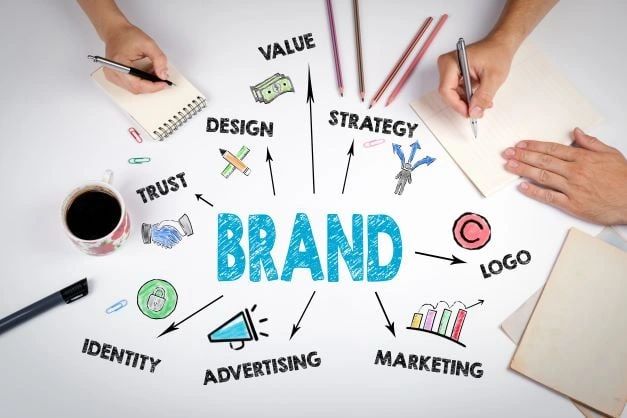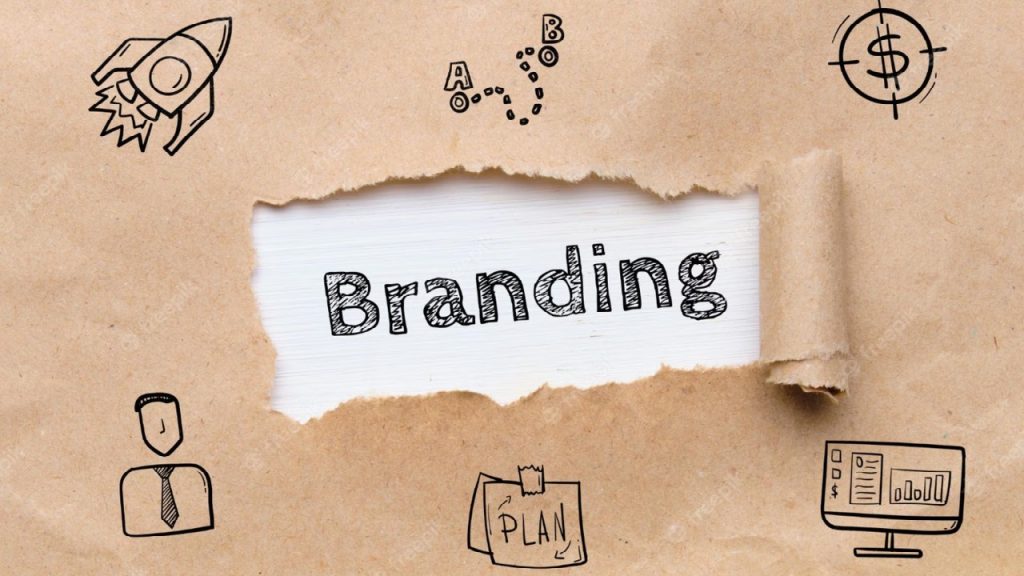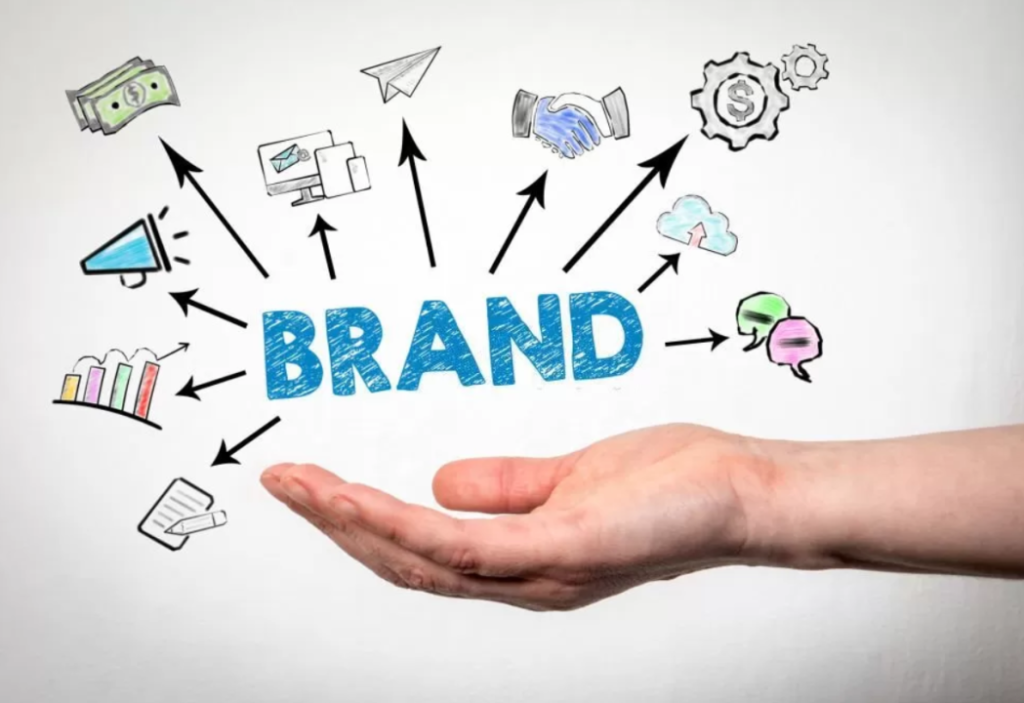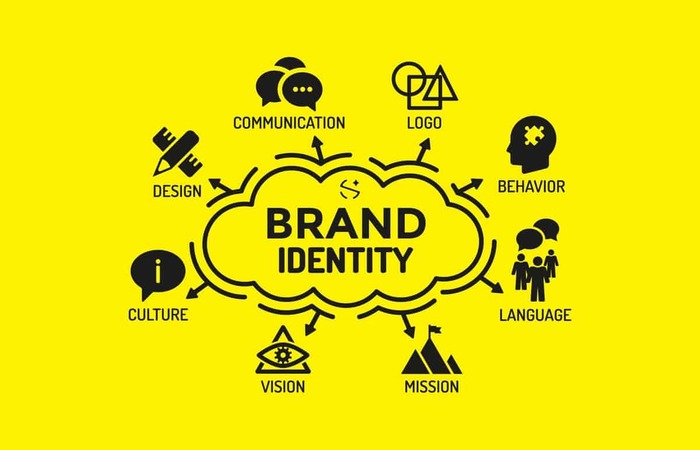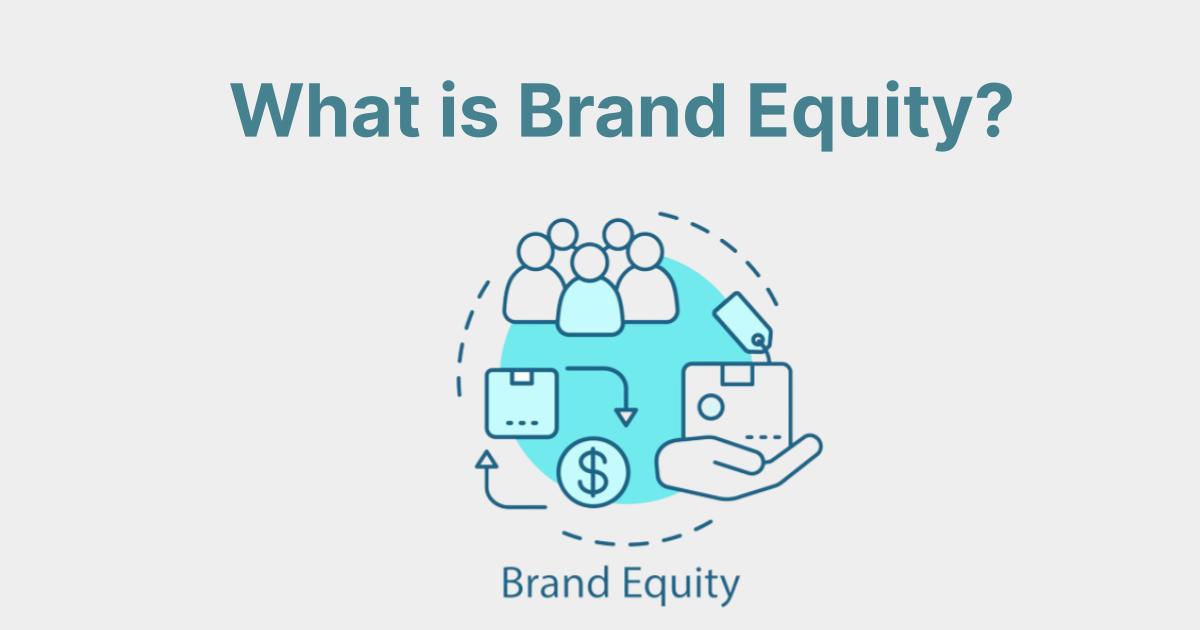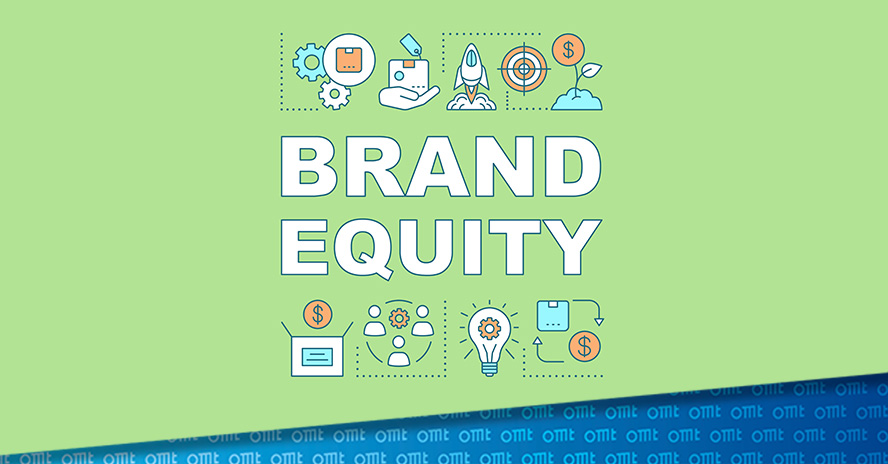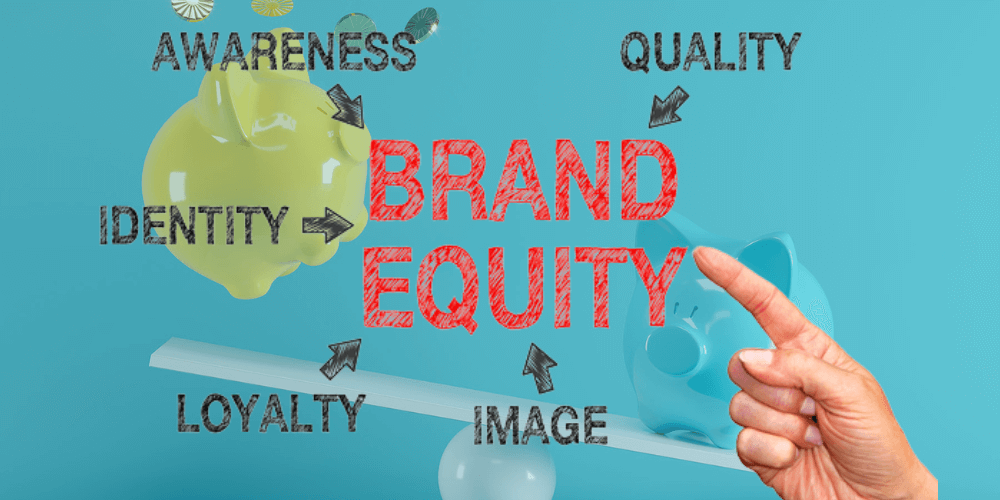In today’s hyper-competitive business landscape, going solo is no longer a guarantee of growth. That’s where branding partnerships come in—a strategic alliance between brands that merges resources, audiences, and ideas to achieve shared success. Whether you’re a startup or an enterprise, the right branding partnership can exponentially elevate your visibility, credibility, and innovation.
In this comprehensive guide, Viartisan explores how branding partnerships work, what makes them successful, and how you can launch one to transform your business trajectory.
What Is a Branding Partnership?
A branding partnership is a strategic collaboration between two or more brands with the goal of amplifying marketing reach, combining value propositions, and co-creating offerings that benefit both parties.
Branding partnerships can take many forms:
- Co-branded products or services
- Joint marketing campaigns
- Co-hosted events or content series
- Shared technology or customer platforms
A successful branding partnership is more than a handshake—it’s a shared mission powered by strategic alignment.

The Power of Branding Partnerships
Branding partnerships have become essential in the modern business landscape. These collaborations allow companies to merge their strengths and resources, creating more impactful marketing strategies and broadening their audience reach. By embracing partnerships, brands can access new markets and innovate more efficiently.
When two brands align their values and objectives, they can create something truly remarkable. This synergy is crucial for delivering an authentic message to audiences and enhancing the customer experience.
Key Benefits of a Strong Branding Partnership
Engaging in branding partnerships presents a multitude of advantages. The first is increased brand visibility. By partnering with another brand, companies can tap into an existing customer base and share exposure through joint marketing efforts.
Moreover, branding partnerships pave the way for resource sharing. This collaboration can streamline costs and reduce risks associated with new product launches or marketing campaigns. Companies can benefit from each other’s expertise, making innovations more viable.

Examples of Successful Branding Partnerships
There are countless examples of brands that have successfully leveraged partnerships to create notable campaigns. One standout example is the collaboration between Nike and Apple. By uniting fitness and technology, they offered unique solutions to consumers, enhancing their product offerings while reaching a broader audience.
Similarly, Coca-Cola and Spotify partnered to create personalized music experiences for users. This collaboration helped both brands engage with a youthful audience while driving customer loyalty through shared value.
How to Initiate a Branding Partnership
Starting a branding partnership requires careful planning and strategic thinking. First, businesses must identify potential partners that align with their values and mission. Once a connection is established, open communication is vital to define mutual objectives and outline strategies for collaboration.
Additionally, evaluating the target market is essential. Understanding customer demographics can help tailor joint efforts that truly resonate with consumers, ensuring a successful partnership.
Challenges in Branding Partnerships
While branding partnerships offer numerous benefits, they can also present challenges. Misaligned goals can lead to conflicts, affecting the effectiveness of campaigns and the partnership itself. Clear communication and regular check-ins are crucial to mitigating these risks.
Furthermore, maintaining brand identity can be difficult when collaborating with another entity. Brands must ensure that their unique characteristics remain intact while still offering value to the partnership.
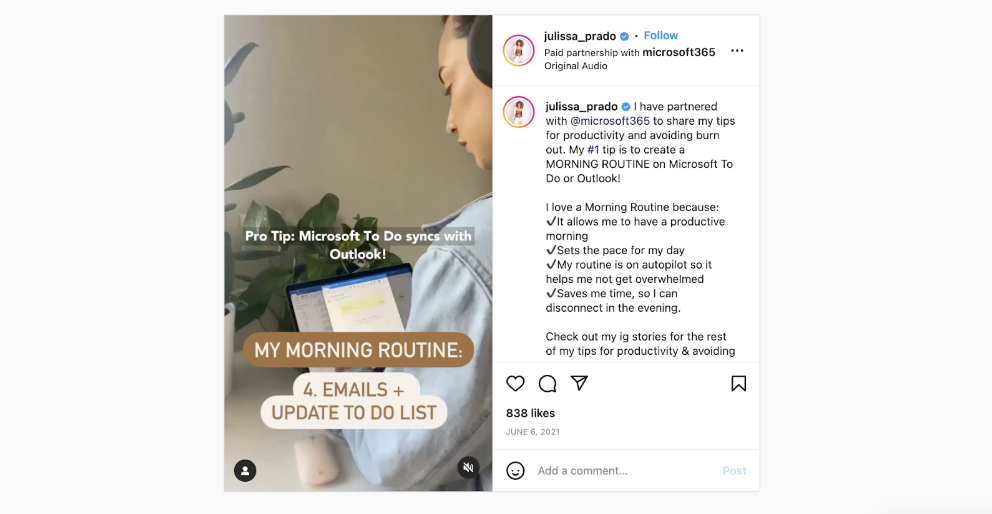
Measuring the Success of Branding Partnerships
Understanding the effectiveness of a branding partnership is vital for future growth. Success can be measured through various metrics, including increased sales, enhanced brand recognition, and higher customer engagement levels.
Brands should also consider using analytics tools to gather data on campaign performance. By analyzing customer feedback and market responses, companies can optimize current strategies and refine future collaborations for even greater success.
Conclusion
In conclusion, a strategic branding partnership can unlock unparalleled success for businesses willing to embrace collaboration. The remarkable benefits extend beyond visibility; these partnerships can enhance innovation and create unique experiences for customers. As demonstrated by successful examples, aligning with the right partner fosters shared growth and resource optimization. If your business is looking for ways to elevate its brand presence, consider exploring potential branding partnerships. Want to see more in-depth case studies? Explore Viartisan’s full portfolio and start your story today!
Frequently Asked Questions
What is the meaning of branding partnership?
A branding partnership refers to a collaboration between two or more brands to achieve common goals, such as enhancing visibility and driving customer engagement. This collaboration can take various forms, including joint marketing campaigns or co-branded products, effectively combining resources and expertise.
What are some examples of successful brand partnerships?
Some notable examples include the collaboration between Nike and Apple, which merged fitness with technology, and the partnership between Coca-Cola and Spotify, which created personalized music experiences. These partnerships demonstrated how brands could work together to enhance their offerings and reach new audiences.
What jobs are available in branding partnerships?
Brand partnerships offer a variety of career opportunities, including roles such as branding partnerships manager, branding partnerships coordinator, and brand partnerships associate. These positions focus on developing and managing collaborative strategies with partner brands to enhance mutual success.
What is the salary of a brand partnerships manager?
The salary of a brand partnerships manager can vary based on experience, location, and the company’s size. On average, the salary ranges between $70,000 and $120,000 annually. Factors like industry and performance can further impact earnings, especially in high-demand sectors.





